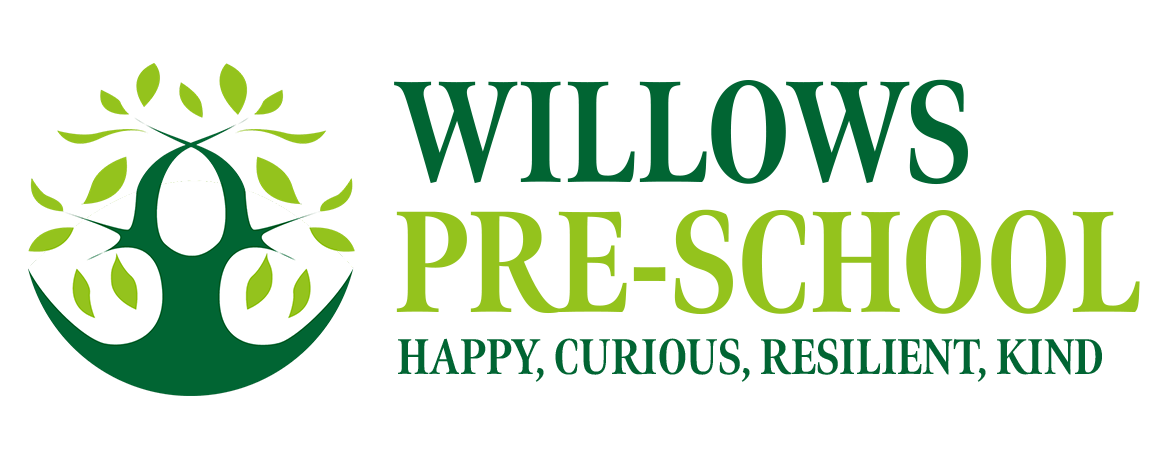The zone of proximal development (ZPD) is the difference between what a child can do independently and what they can learn to do with the help of a more knowledgeable individual. It was first proposed by psychologist Lev Vygotsky, who argued that children learn best by working on tasks that are just beyond their current level of understanding.
This allows them to stretch their abilities and gain new skills with the guidance of someone who knows more than they do. The concept of the zone of proximal development has been enormously influential in the field of education and is the foundation of the WillowsWay. It continues to shape how our teacher’s design instruction and how children learn best. By understanding the zone of proximal development, we can ensure that every child can reach their full potential.
Cognitive reciprocity, also known as serve and return, is the back-and-forth exchange of ideas and information between two people. This type of interaction helps to promote sustained shared thinking, which is a key ingredient in developing creative problem-solving skills.
Serve and return interactions are like a game of tennis, with each person taking turns sharing information or ideas. This type of interaction helps to build mutual understanding and trust, as well as improve communication skills. It also encourages people to think flexibly and creatively, as they must consider the other person’s point of view.
Sustained shared thinking is a more advanced form of cognitive reciprocity that occurs when two people can sustain a mutual focus of attention and continue to share new information and ideas over an extended period of time. This type of interaction is often associated with higher levels of creativity and innovation.
In the WillowsWayTM we have combined these forms of communication into a more easily understood concept – The WillowsWayTM.
The WillowsWayTM is an important component of the Zone of Proximal Development (ZPD). We use it at Willows to help teachers identify the level at which a child is functioning and then provide appropriate challenges.




